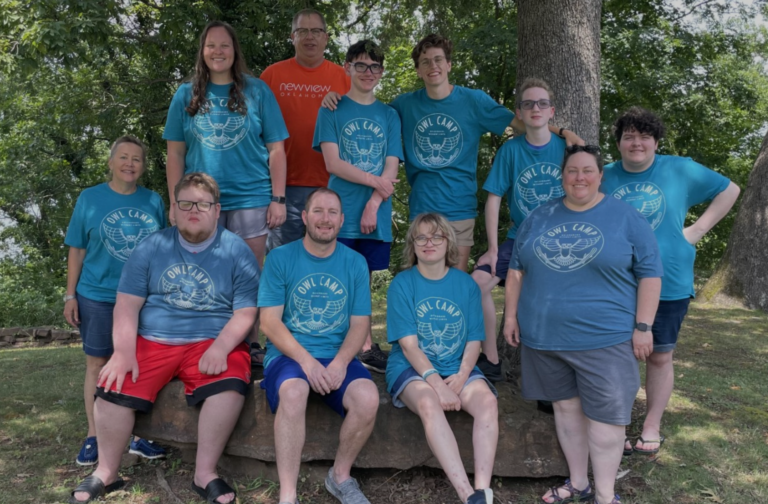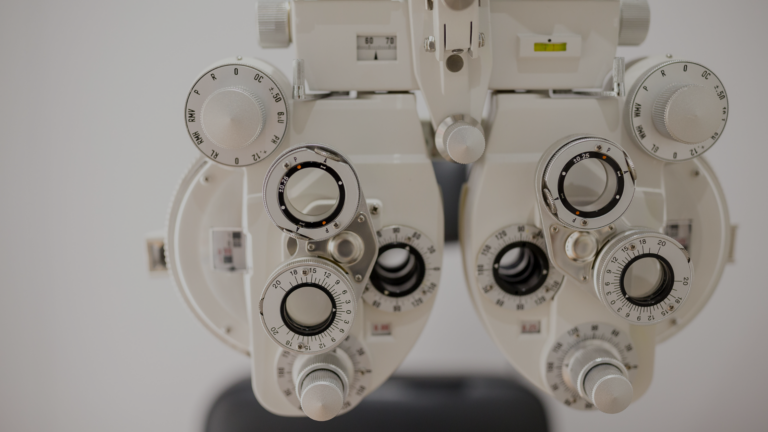Vision loss and depression
By Dr. Judith Riley, Vision Rehabilitation Optometrist at the NewView Low Vision Clinic in Tulsa, Oklahoma
One thing that seems to be a common thread in our older macular degeneration patients is the presence of depression. Loss of vision leads to loss of joy. As vision loss progresses, the patient must deal with the loss of leisure activities, the loss of independence and the loss of self-confidence.
At NewView, our patients are all screened for depression when they start their Vision Rehabilitation program. We find that about 30% are depressed. Some have already been diagnosed, as evident by their use of anti-depressants. Some patients and their family members are unaware of the depression they have and have accepted it as normal aging. This depression can be a roadblock that prevents them from learning new ways to cope with their vision loss.
My vision evaluation is designed to show the patient the vision potential they still have, not what they have lost. At the first exam, my goal is to identify the potential vision they have through a good refraction, use of good lighting, identification of the eccentric viewing needed and a demonstration of magnification. This prepares the patient for the start of Vision Rehabilitation.
Our team approach using occupational therapy, orientation, and mobility specialists, and assistive technology trainers provides something for everyone with vision loss. I sometimes feel like I work in the alphabet soup world as I tell people you need OT, OM, and AT to get you back to functioning well.
After making our plan, we implement it with office and home visits. Each plan is specific to the needs of that patient. Some services are covered by insurance, especially Occupational Therapy. Some services are not. As NewView is a nonprofit, we can provide many of the needed services through grants and donations.
The VITAL study, Low Vision Depression Prevention Trial in Age-Related Macular Degeneration, demonstrated Vision Rehabilitation reduced the incidence of severe depression in high-risk AMD patients with low vision. This has been my observation as I follow my patients’ pre- and post-rehabilitation. I love visiting the patient on a return visit as they work with the therapist and observe the change in their behavior. We are not just a clinic that provides vision care, we provide hope.






